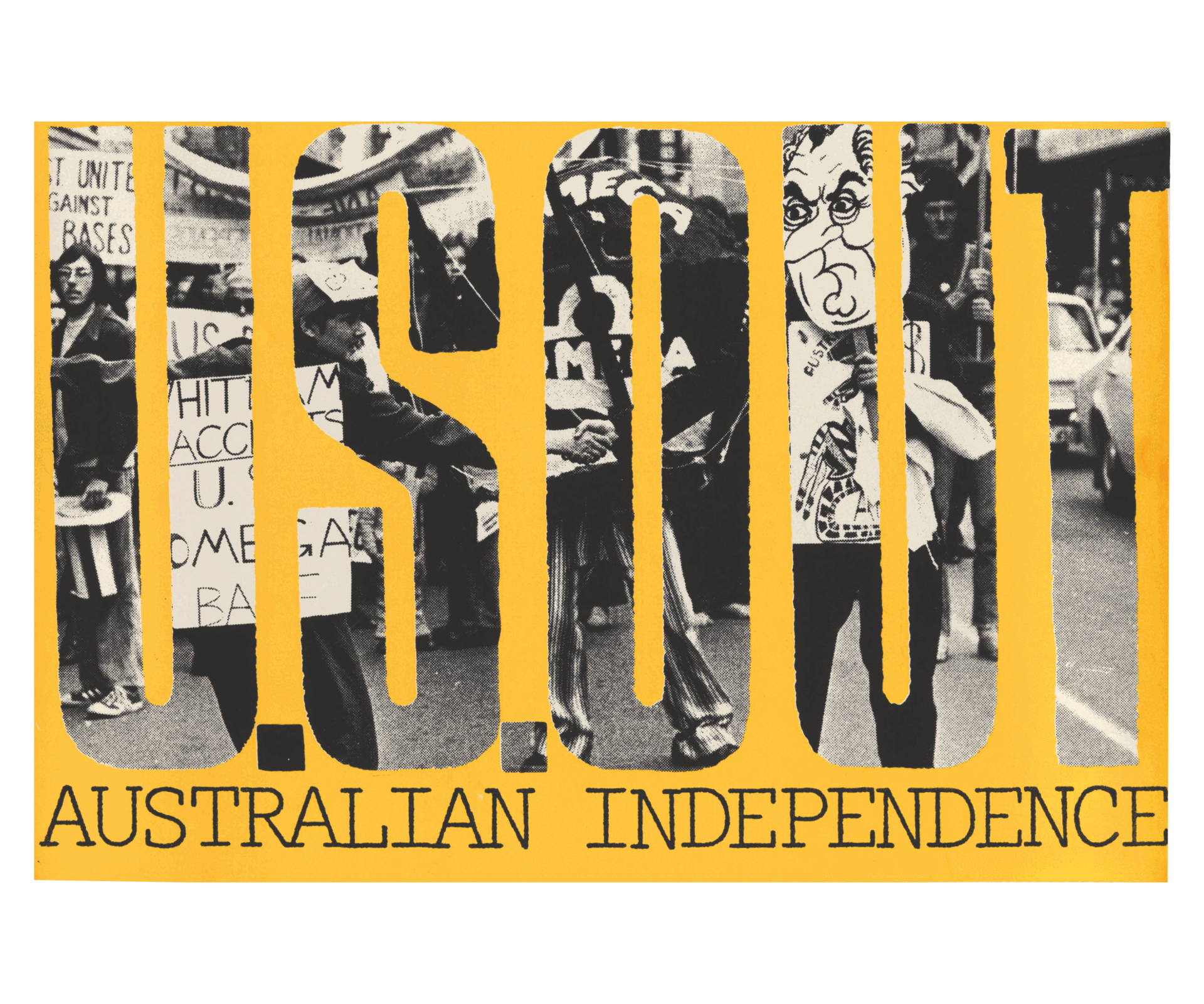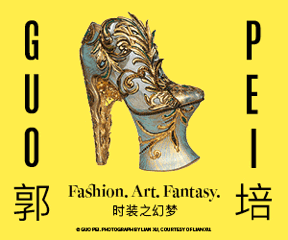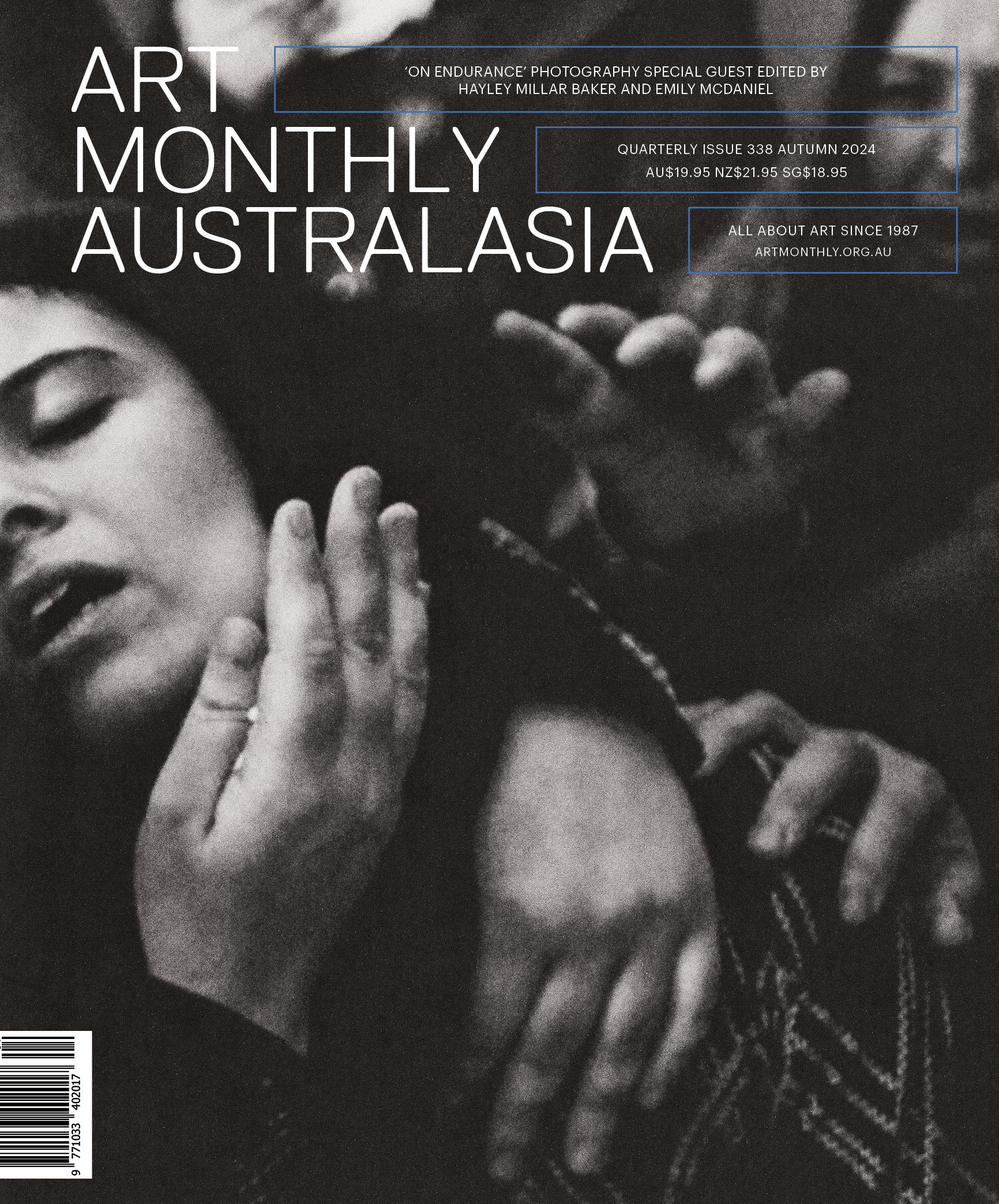Verve and breadth: Virginia Cuppaidge at Newcastle Art Gallery
/Virginia Cuppaidge: The Nature of Abstraction, exhibition installation view, Newcastle Art Gallery, 2019, with (from left): Saix, 1974, and Lyon, 1972; image courtesy Newcastle Art Gallery
‘Virginia Cuppaidge: The Nature of Abstraction’ has been a major project for the Newcastle Art Gallery. The 19 works, many borrowed from prominent public collections, document a distinguished career, based in New York from 1969, when the Brisbane-born painter first moved to this global centre of artists and galleries to experience at first hand the evolving history of abstraction.
The exhibition, which runs until 21 July, also marks a closer engagement with Newcastle since the artist’s return to Australia in 2017 to live in sight of the sea in this city. Although she painted only in New York, Australia has always played a role, with residencies and regular exhibitions including at the iconic Gallery A in Sydney in the 1970s and 1980s. American critics frequently found an Antipodean breadth and openness in her paintings. By comparison, Australians discovered a cosmopolitan verve on a scale unknown here. (Featured in the exhibition are six-metre paintings, made at a time when canvas of this size was unavailable in Australia.)
At her first New York showing in 1973, Cuppaidge received a favourable comment from Clement Greenberg, doyen of the new abstraction. She continued for 40 years to exhibit successfully as well as teach. The artist is currently writing her recollections of early days in New York, and planning a new studio.
In the exhibition, curated by Sarah Johnson, we see her work evolve from a flat geometry into increasingly vibrant expressionism. The earliest works feature a segmented rectangle in restrained chalky colour. By the late 1970s, the painting has changed radically. A vast work, presented to the University of Newcastle’s art collection, recalls the immensity of the sky in layers of opaline sponged-on paint, punctuated by crisp arabesques, holding back the void. The picture plane deepens in the 1980s and 1990s, when layers of increasingly biomorphic forms writhe and rear in confronting, sometimes frantic colour. The most recent painting in the show, Bee Map from 2012, suggests a new feeling for harmony and resolution.
This has been an important exhibition for Newcastle. Not only does it offer an opportunity to display major generous gifts from the artist, but it also reconfirms the stature of a significant Australian modernist.
Jill Stowell, Newcastle



























